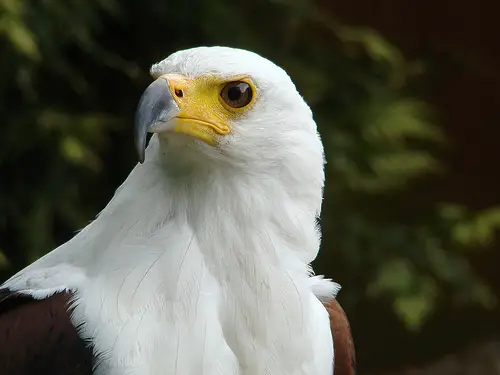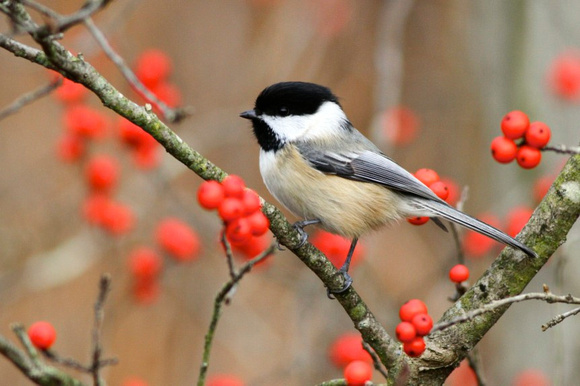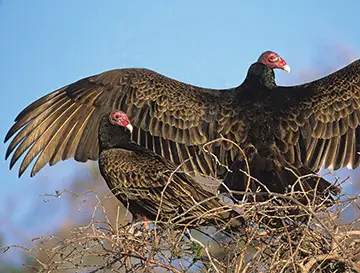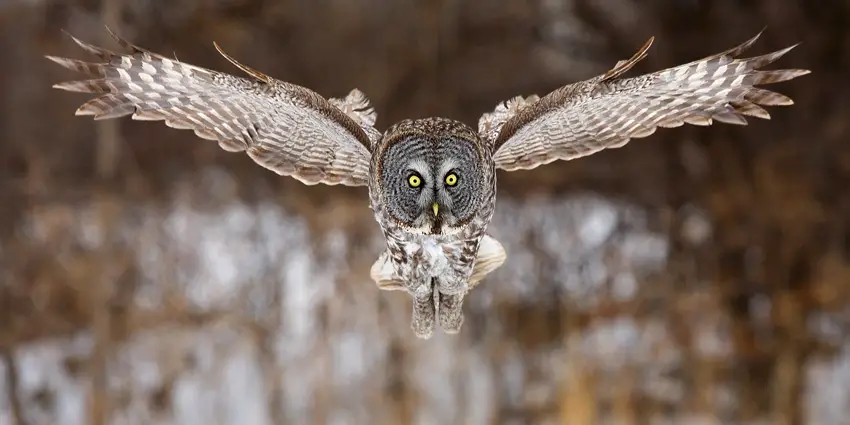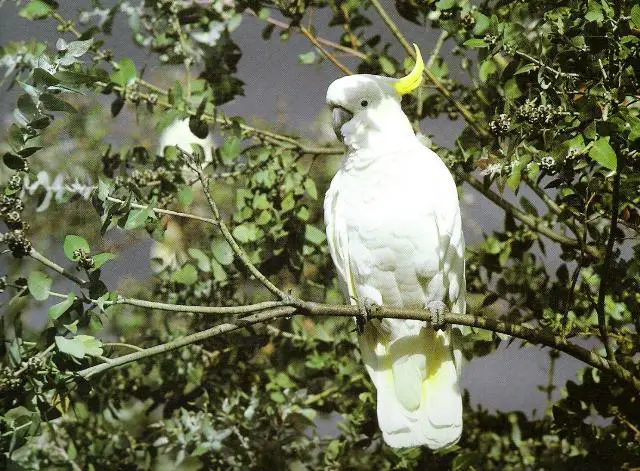Category: Birds
Birds are those warm blooded vertebrates that have feathers and wings. They lay eggs and have two legs.
-
Oriole Bird Facts | Anatomy, Diet, Habitat, Behavior
The Baltimore oriole (Icterus galbula) is a small North American bird and it earns its name because of its coat that reminds us of the Lord of Baltimore. It is a migratory species. The bird is primarily known for its sweet song. The Baltimore oriole has got brilliant bright-colored plumage. They are often heard than…
Written by
-
African Fish Eagle Facts | Anatomy, Diet, Habitat, Behavior
The African fish eagle (Haliaeetus vocifer) truly lives up to its name as it skillfully seizes the fish from the water surface and drags it to the land where it tears it apart. The eagle typically breeds all along the sub-Saharan Africa. They fancy living in areas that provide large water bodies such as lakes.…
Written by
-
Arctic Tern Facts | Anatomy, Diet, Habitat, Behavior
The Arctic tern (Sterna paradisaea) is a medium-size seabird that has inspired biologists not only for its elegant style but also for making the longest migration of any living animal. It is widely distributed in many parts of North America, Europe, and Asia including Arctic regions. Arctic terns are highly migratory and the only bird…
Written by
-
Black Vulture Facts | Anatomy, Diet, Habitat, Behavior
The black vulture (Coragyps atratus) belongs to the New World vulture and it is a large bird of prey. The American black vulture or black vulture occurs in the Central Chile, southeastern United States, Uruguay and many other countries. Like typical vultures, black vultures are also scavengers as they primarily feed on carrion. Black Vulture…
Written by
-
Passenger Pigeon Facts | Anatomy, Diet, Habitat, Behavior
The passenger pigeon (Ectopistes migratorius) is an extinct pigeon that was once widespread throughout North America. It was possibly the world’s most abundant bird in those times with the total population of almost three billion. The extinction of a bird that was once numbered in millions leaves biologists to wonder how it went extinct. The…
Written by
-
Black Capped Chickadee Facts | Anatomy, Diet, Habitat, Behavior
The black-capped chickadee (Poecile atricapillus) is a small North American bird that is mostly found in the mixed and deciduous forests. It is thought to lower down its temperature when the outside temperature drops. Studies further show that the black-capped chickadee is able to recall things for e.g. she could remember caches where she put her food.…
Written by
-
Piping Plover Facts | Anatomy, Diet, Habitat, Behavior
The piping plover (Charadrius melodus) is a small bird that is typically found along the sand beaches of North America. The bird is nearly the size of a sparrow and the black band that goes across its neck makes it rather unique among other birds. One cannot see it especially when the bird stands still…
Written by
-
Andean Condor Facts | Anatomy, Diet, Habitat, Behavior
The Andean condor (Vultur gryphus) is the biggest vulture in South America. Like most other vultures, Andean condor is also a scavenger feeding primarily on carrion. They are thought to fly as high as 18,000 feet and are able to spot animal from that height. Unlike any other bird, Andean condor has got the largest…
Written by
-
Robin Redbreast Facts | Anatomy, Diet, Habitat, Behavior
The European robin or Eurasian robin (Erithacus rubecula) is a small bird that relies on insects for consumption. The bird is also known as robin redbreast. There seems to be no real difference between male and female. Robin birds are one of the Britain’s loved birds that are known for their sweet songs. In the…
Written by
-
Atlantic Puffin Facts | Anatomy, Diet, Habitat, Behavior
The Atlantic puffin (Fratercula arctica) is a small and tough seabird and the only puffin species native to the Atlantic Ocean. It is thought to breed in Greenland, North Atlantic islands, Norway, and Newfoundland. Part of the bill and the legs are completely orange while the rest of plumage is greyish black to white in…
Written by
-
Turkey Vulture Facts | Anatomy, Diet Habitat, Behavior
The turkey vulture (Cathartes aura) is the most common of the cathartid species. It is thought to occur from Canadian border all the way to the southern tip of South America. Except for the subspecies C. aura aura turkey vultures are non-migratory. They belong to the true vultures of the New World and their physical…
Written by
-
California Condor Facts | Anatomy, Diet, Habitat, Behavior
The California condor (Gymnogyps californianus) is the only New World vulture to have survived to date but it is the rarest of the birds. The condor is the largest bird of North America. It was once widespread throughout the southern North America but now the range is reduced to northern Baja and British Columbia. The…
Written by
-
Great Grey Owl Facts | Anatomy, Diet, Habitat, Behavior
The great grey owl (Strix nebulosa) is the largest of the forest owls. It is thought to occupy the coniferous forests of North America. The owl is highly aggressive; actively defends nest and it mainly feeds on voles. Great grey owl is able to detect little movements of a vole (beneath the snow) hundreds of…
Written by
-
Sulphur Crested Cockatoo Facts | Anatomy, Diet, Habitat, Behavior
The sulphur-crested cockatoo (Cacatua galerita) is a medium-sized cockatoo that occurs in the woody forests of New Guinea, Australia, and the islands of Indonesia. They are fairly common in much of its range but are thought to be pests. Sulphur-crested cockatoos are emotionally demanding but they usually make good pets. Sulphur Crested Cockatoo Facts Anatomy…
Written by
-
Ivory Billed Woodpecker Facts | Anatomy, Diet, Habitat, Reproduction
The ivory-billed woodpecker (Campephilus principalis) ranks among the world’s largest woodpecker species. In the north of Mexico, it is the largest of the woodpeckers. The bird is native to the woods of southeastern United States. Biologists are not clear the exact number of species remaining in the wild as many of them were hunted to near…
Written by


